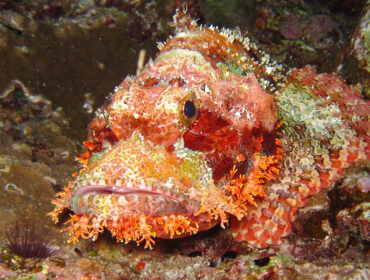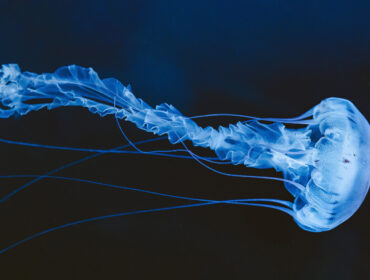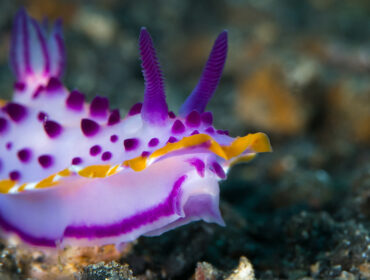The cuttlefish is one of the ocean’s most mystifying creatures, with senses and abilities that baffle scientists, making them a subject of ongoing research.
One of the most puzzling features of the cuttlefish is its ability to change its appearance at will to blend with the seafloor, reefs and rocks, and vegetation floating nearby. Despite being color-blind, the cephalopod changes its skin color, pattern, and texture to match its surrounding environment–even in complete darkness. Although scientists do not fully understand how the animals perform these feats, they have determined that the cuttlefish uses physiological changes to assess its surroundings and create the chromatically complex patterns.
The colorful cephalopod can change its camouflaged appearance quickly to blend seamlessly into the background with elastic sacs of pigment covering its skin called chromatophores. Neural activity causes the animal’s muscles surrounding these chromatophores to relax and contract. When the muscles contract, the sacs stretch so that the pigment covers a larger portion of the animal’s body. When the muscles relax, the pigment sac is nearly invisible. The cuttlefish’s body has four regions containing these sacs that can change color in different directions independently of each other. The regions may not all be active simultaneously. This enables the cuttlefish to synchronize the activity of the regions. The resulting changes in the size of the sacs cause them to change color and create different patterns. Dermis muscles take this super power even further by enabling the cephalopod to change the texture of its skin.
Underneath the chromatophores is a layer of iridophores. This layer of platelets produces the animal’s blue, green, and gold hues as well as the silver tint near the eyes. Iridophores reflect light and are used to conceal vital organs and the chromatophores. Although originally thought to be a permanent pigmentation, additional studies have shown that the colors change based on hormone levels. Leucophores are a layer of branched cells that scatter and reflect incoming light to produce the animal’s white color. Some species also have photospheres that create a chemical reaction, which enables the cephalopod to emit and produce light, or bioluminesce. Because of these physical abilities, cuttlefish and other cephalopods are referred to as the chameleons of the sea.
Take a look at this interesting footage of one scientist’s research into the mysteries of cuttlefish camouflage.




